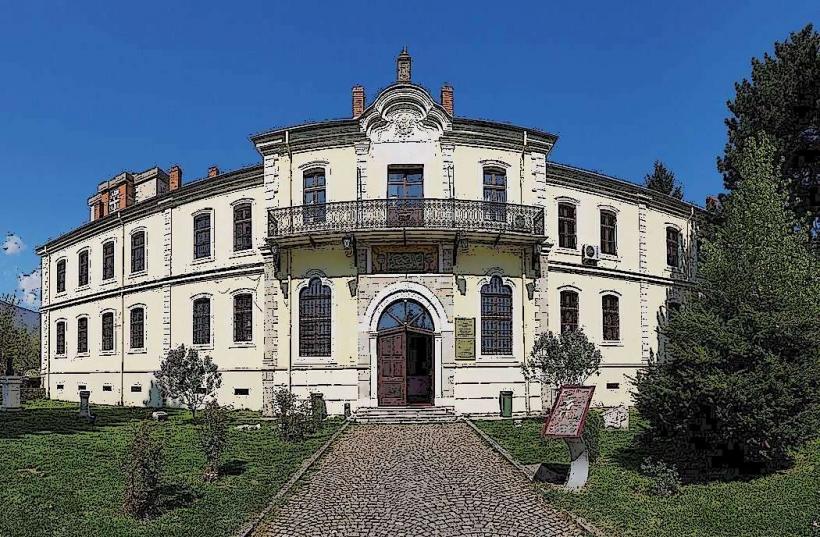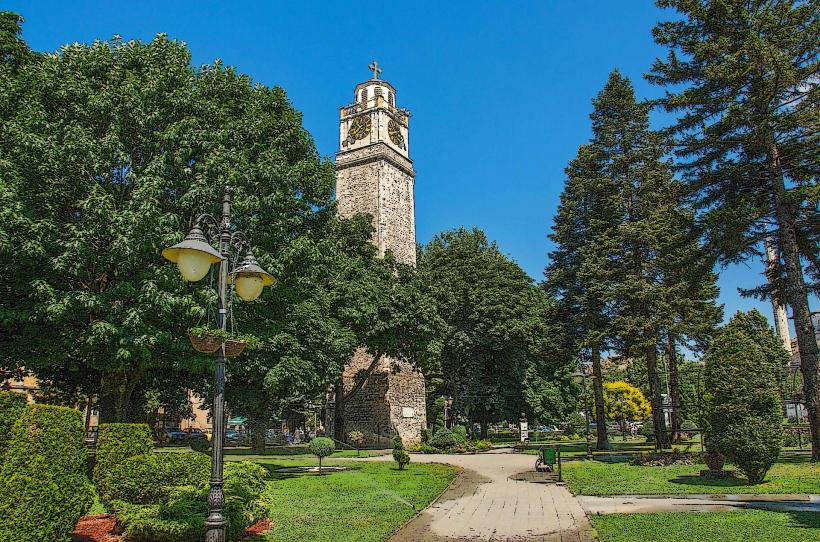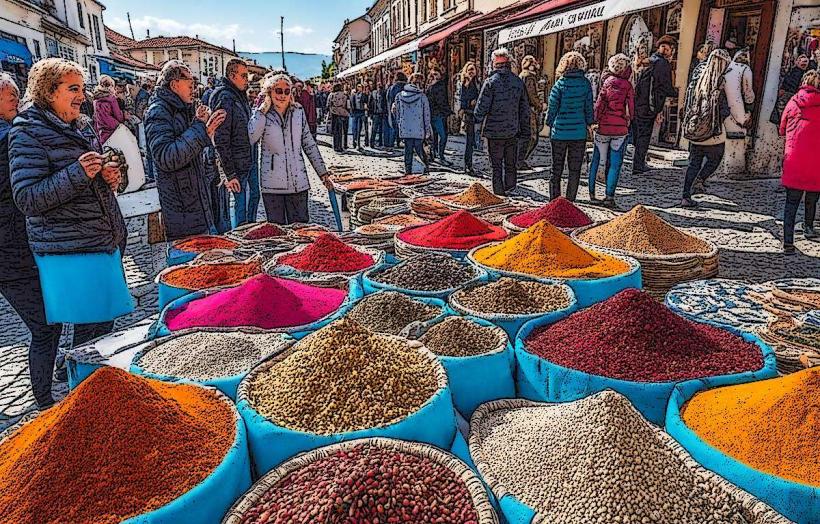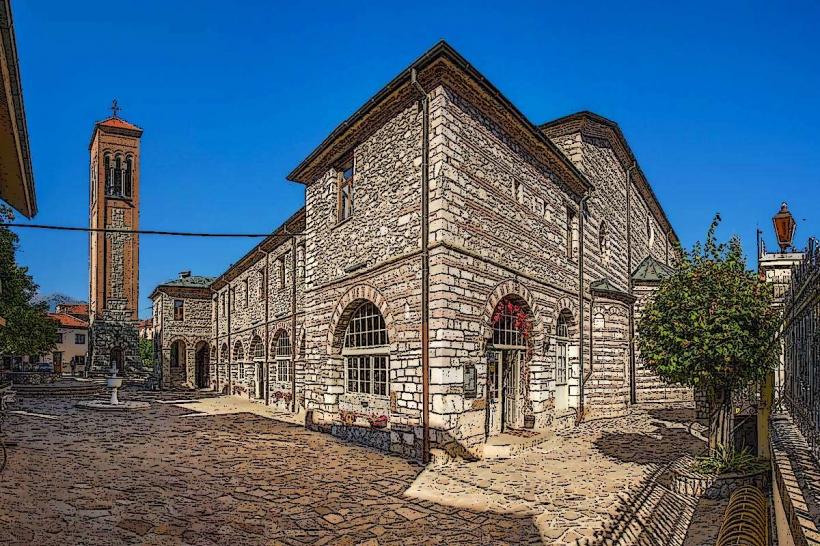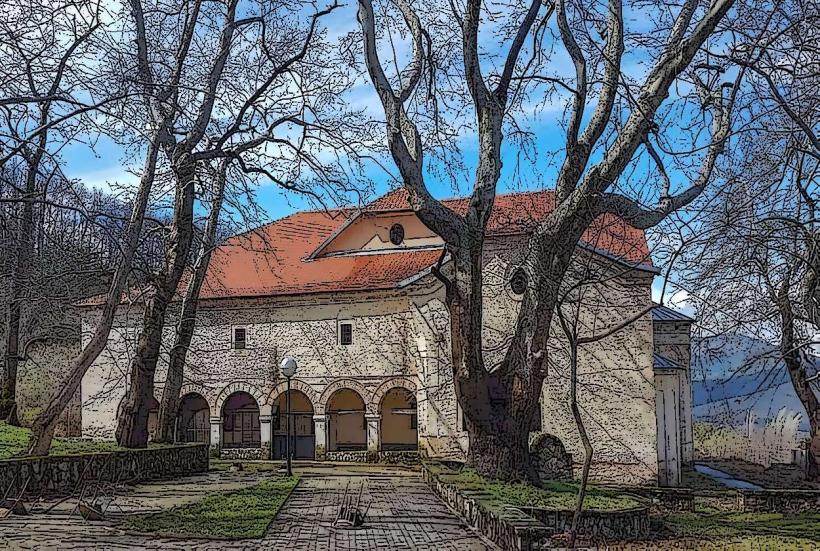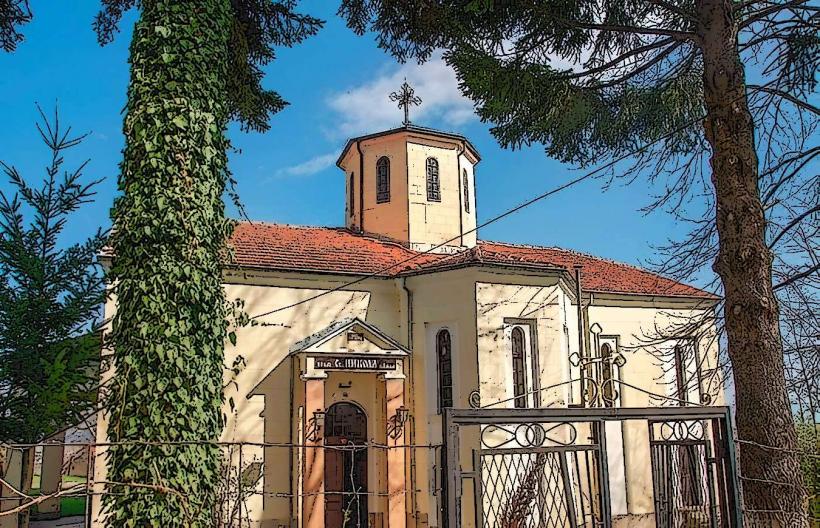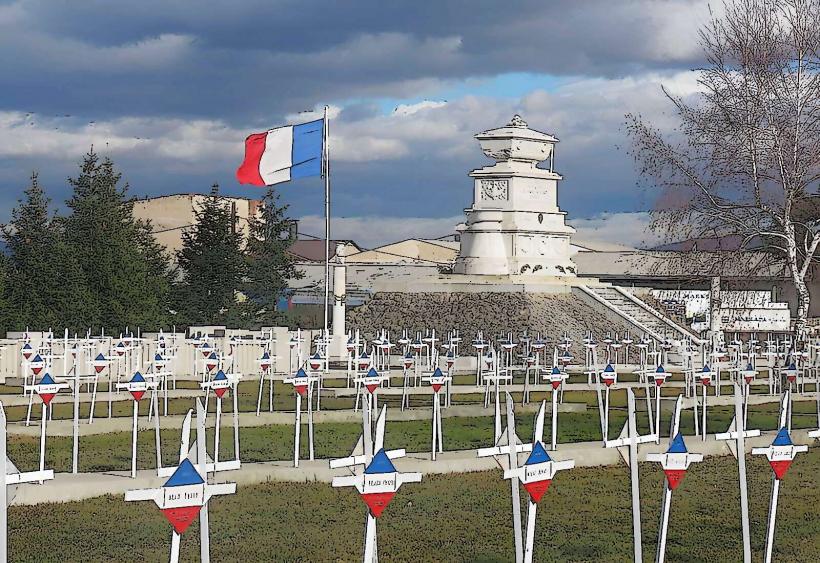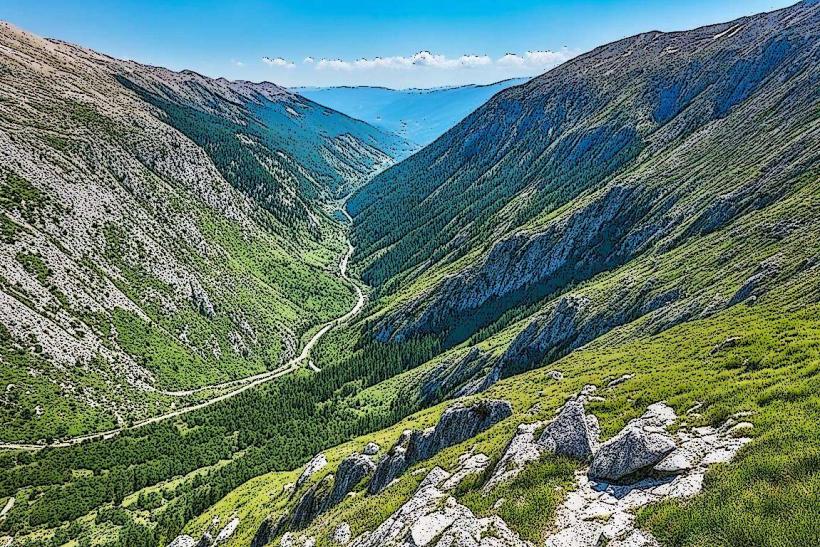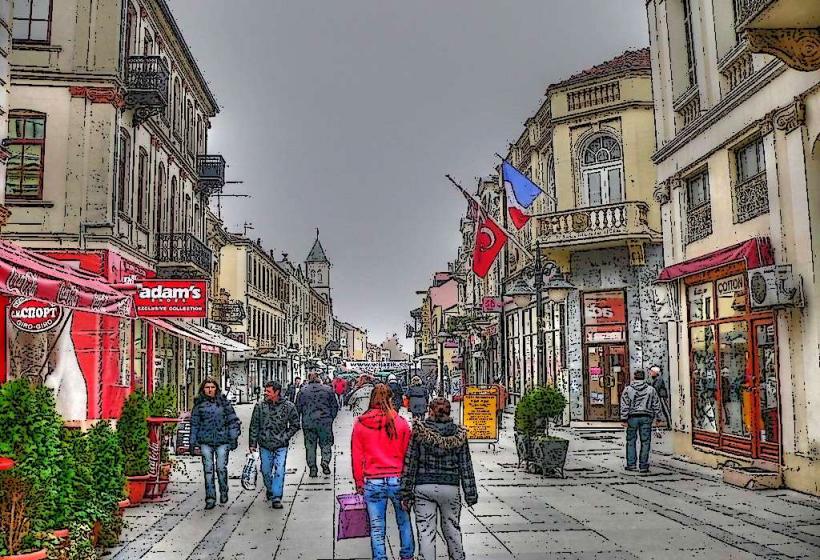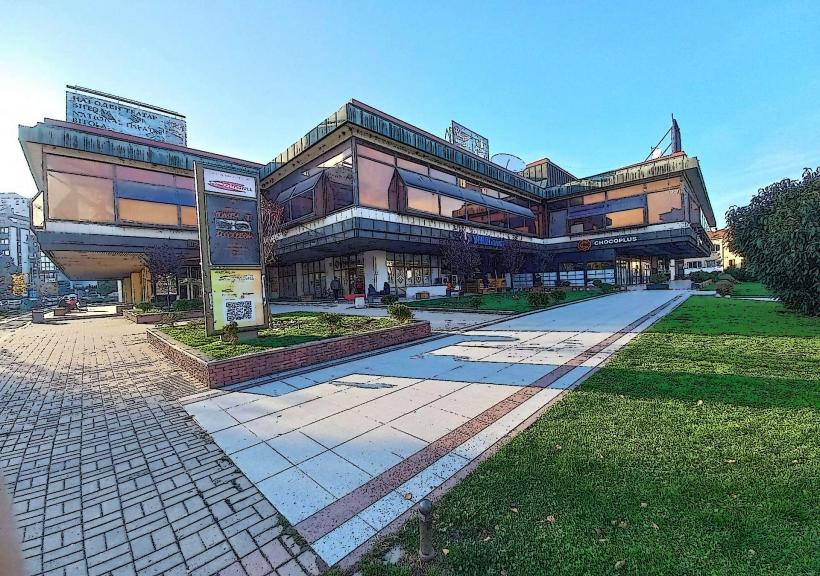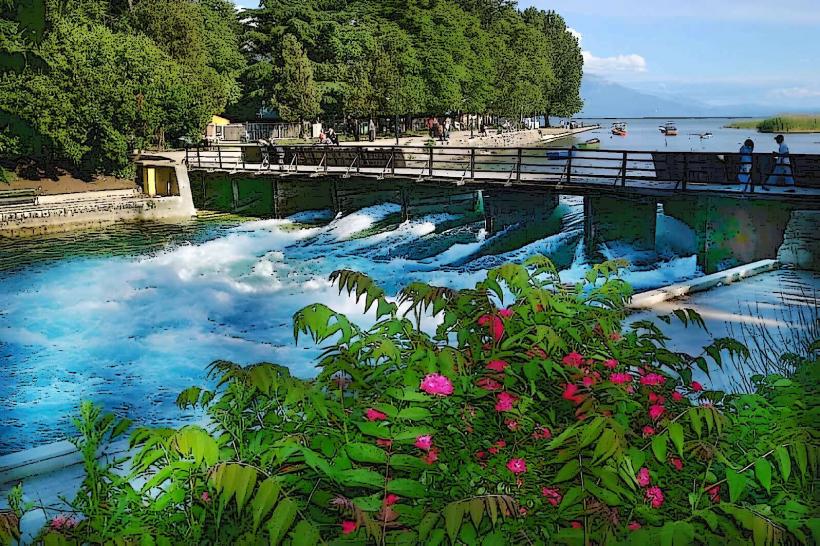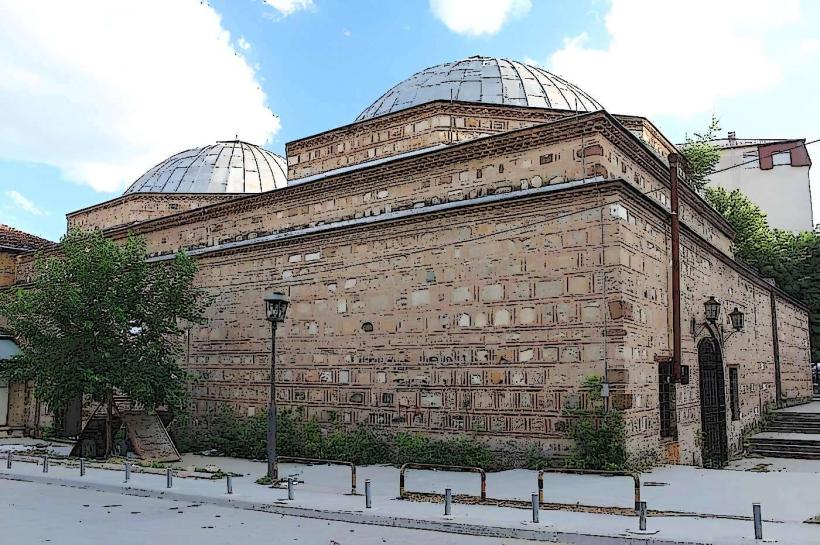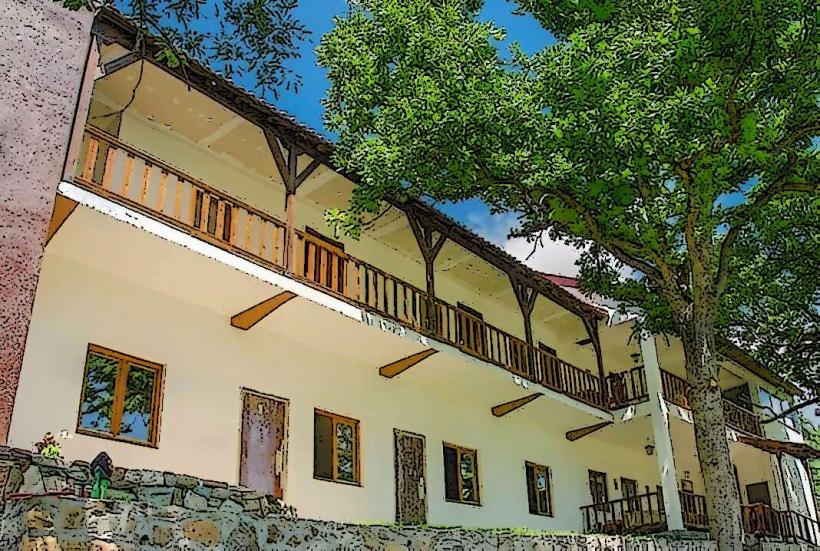Information
Landmark: Heraclea LyncestisCity: Bitola
Country: North Macedonia
Continent: Europe
Heraclea Lyncestis is an ancient archaeological site located near the city of Bitola in North Macedonia. It was once a flourishing city in the Roman Empire, known for its strategic location and significance during the Roman and early Byzantine periods.
Overview:
- Location: Heraclea Lyncestis is located approximately 3 kilometers south of Bitola, situated at the base of the Pelister mountain in the Prespa region. It lies along the ancient road that connected Thessalonica to Dyrrachium (modern-day Durres, Albania).
- Establishment: The city was founded by Philip II of Macedon in the 4th century BCE, as part of his efforts to establish Greek colonies in the region. Its name, Heraclea, is derived from the Greek hero Heracles (Hercules), and the second part of its name, Lyncestis, refers to the region of Lyncestis, which was an important area in ancient Macedonia.
Historical Significance:
- Macedonian Foundation: Originally established by Philip II, Heraclea Lyncestis was part of the Macedonian kingdom. It later came under the control of the Roman Empire and flourished as an important city during the Roman and Byzantine periods.
- Roman City: Under Roman rule, Heraclea became a thriving urban center with impressive architectural structures, including basilicas, theaters, temples, and public buildings. The city was an important stop along the Roman road network, which facilitated communication and trade across the empire.
- Byzantine Influence: After the fall of the Western Roman Empire, Heraclea continued to be an important settlement during the Byzantine period, although it gradually declined over time due to economic and military challenges.
Key Features of Heraclea Lyncestis:
1. Theater:
- One of the most prominent structures at Heraclea Lyncestis is the Roman theater, which dates back to the 2nd century CE. The theater could hold several thousand spectators and was used for a variety of performances, including plays, musical performances, and public events.
- The structure is remarkably well-preserved, and it offers a clear view of the architectural style of Roman theaters, featuring a semi-circular seating area, a stage (scaena), and impressive stonework.
2. Basilicas:
- Heraclea Lyncestis is home to several early Christian basilicas, which were built during the Byzantine period. These basilicas are particularly important because they showcase the early adoption of Christianity in the region.
- Some of these basilicas feature beautiful mosaic floors, with intricate designs depicting Christian symbols, as well as scenes from the Bible. The mosaics are one of the main attractions at the site.
3. City Walls and Gates:
- The ruins of city walls that once protected Heraclea Lyncestis can still be seen today. The walls are made of stone and brick, with gates that served as entry points into the city.
- The city’s fortifications were expanded and modified during the Roman and Byzantine periods, reflecting the growing importance of the city.
4. Mosaic Floors:
- One of the most striking features of Heraclea Lyncestis is the mosaic floors found in several of the buildings, particularly in the basilicas and private houses. These mosaics are of high artistic quality, with geometric patterns, mythological figures, and religious symbols.
- The mosaics are significant for their artistry and for providing insight into the daily life, religious practices, and cultural influences of the people who lived in the city.
5. Temple Remains:
- Archaeologists have also uncovered the remains of several temples dedicated to various Roman deities. These temples reflect the Roman religious practices and the city's importance as a religious center in the region.
Archaeological Excavations:
- Excavation History: The site of Heraclea Lyncestis has been the focus of archaeological excavations since the late 19th century. Excavations have uncovered significant portions of the city, including the theater, basilicas, residential houses, and streets.
- Ongoing Research: Archaeological work continues at Heraclea Lyncestis, with researchers and archaeologists studying the remains to gain a better understanding of the city’s history, cultural development, and decline. The site is an important part of the region’s archaeological heritage.
Visitor Experience:
- Museum and Exhibits: Artifacts uncovered at Heraclea Lyncestis are displayed at the nearby Bitola Museum. These include coins, pottery, statues, and tools from the ancient city, as well as information about the city’s history and daily life.
- Guided Tours: Visitors to the site can take guided tours to learn more about the city’s history, architecture, and the significance of its archaeological findings. These tours often include explanations of the mosaics, the theater, and the temples, providing a comprehensive view of the site’s history.
Importance to Macedonian and Regional Heritage:
- Cultural and Historical Significance: Heraclea Lyncestis is one of the most important archaeological sites in North Macedonia and the Balkan Peninsula. It offers a glimpse into the ancient Greek, Roman, and Byzantine periods, and its well-preserved remains help to illuminate the rich cultural and historical heritage of the region.
- UNESCO Tentative List: Due to its importance, Heraclea Lyncestis has been proposed for inclusion in the UNESCO World Heritage List. The site's outstanding historical value, coupled with its impressive archaeological remains, makes it a crucial part of the region’s heritage.
Conclusion:
Heraclea Lyncestis is a remarkable archaeological site that provides valuable insights into the history of the region from ancient Greece through the Roman and Byzantine periods. Its well-preserved ruins, including the theater, basilicas, and mosaics, make it a must-visit destination for anyone interested in ancient history and archaeology. The site not only sheds light on the past but also contributes to our understanding of Bitola's and North Macedonia's broader historical and cultural legacy.

